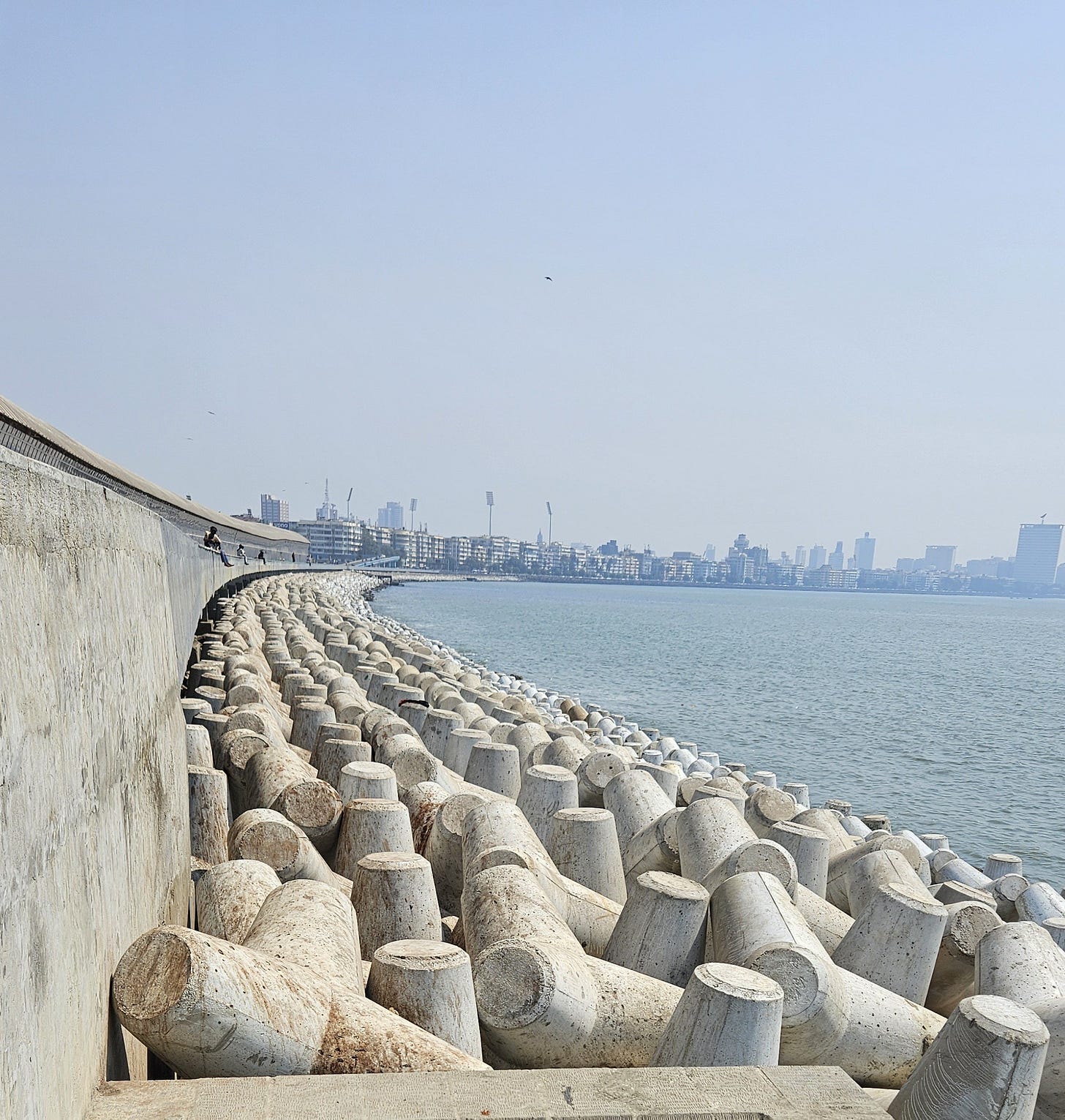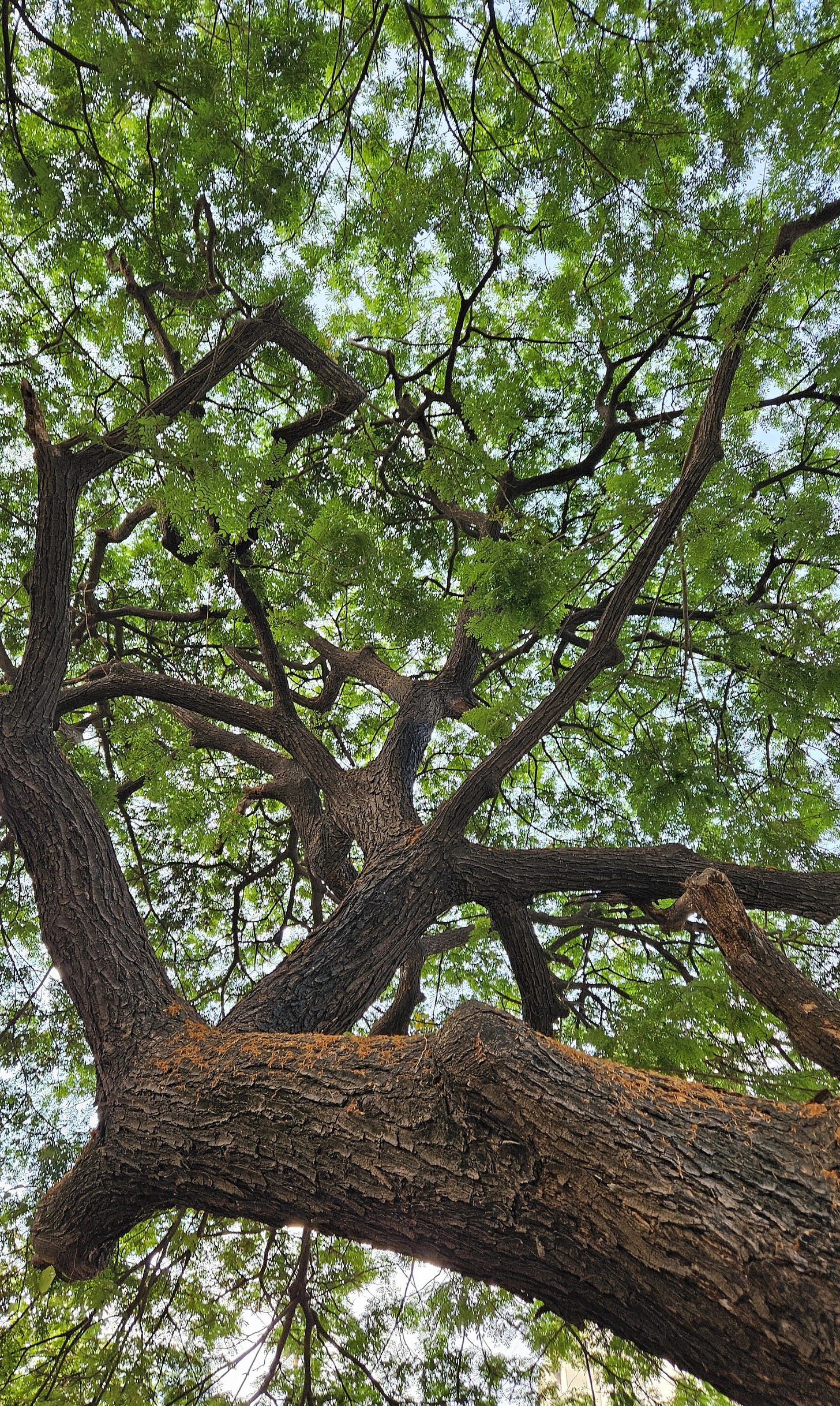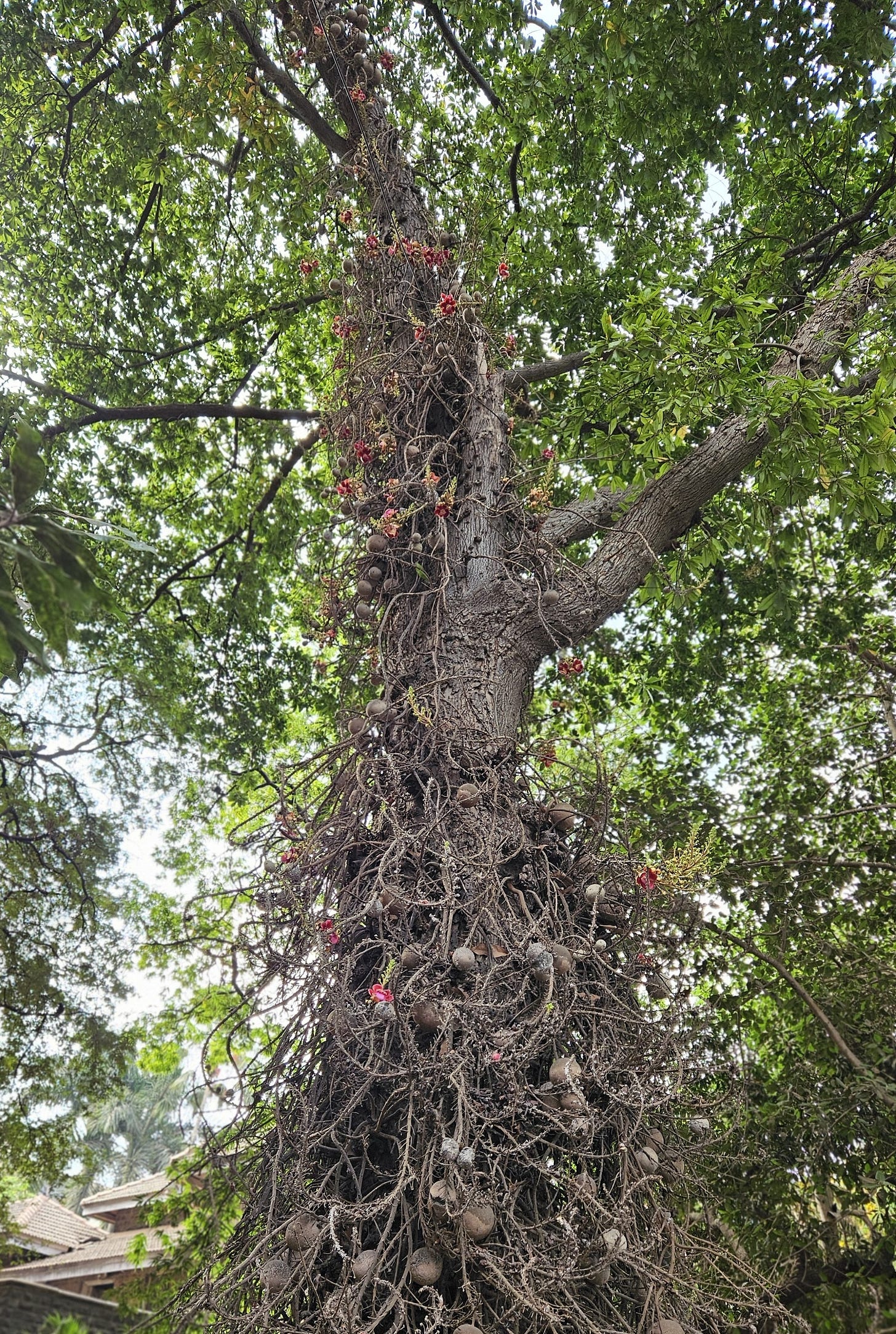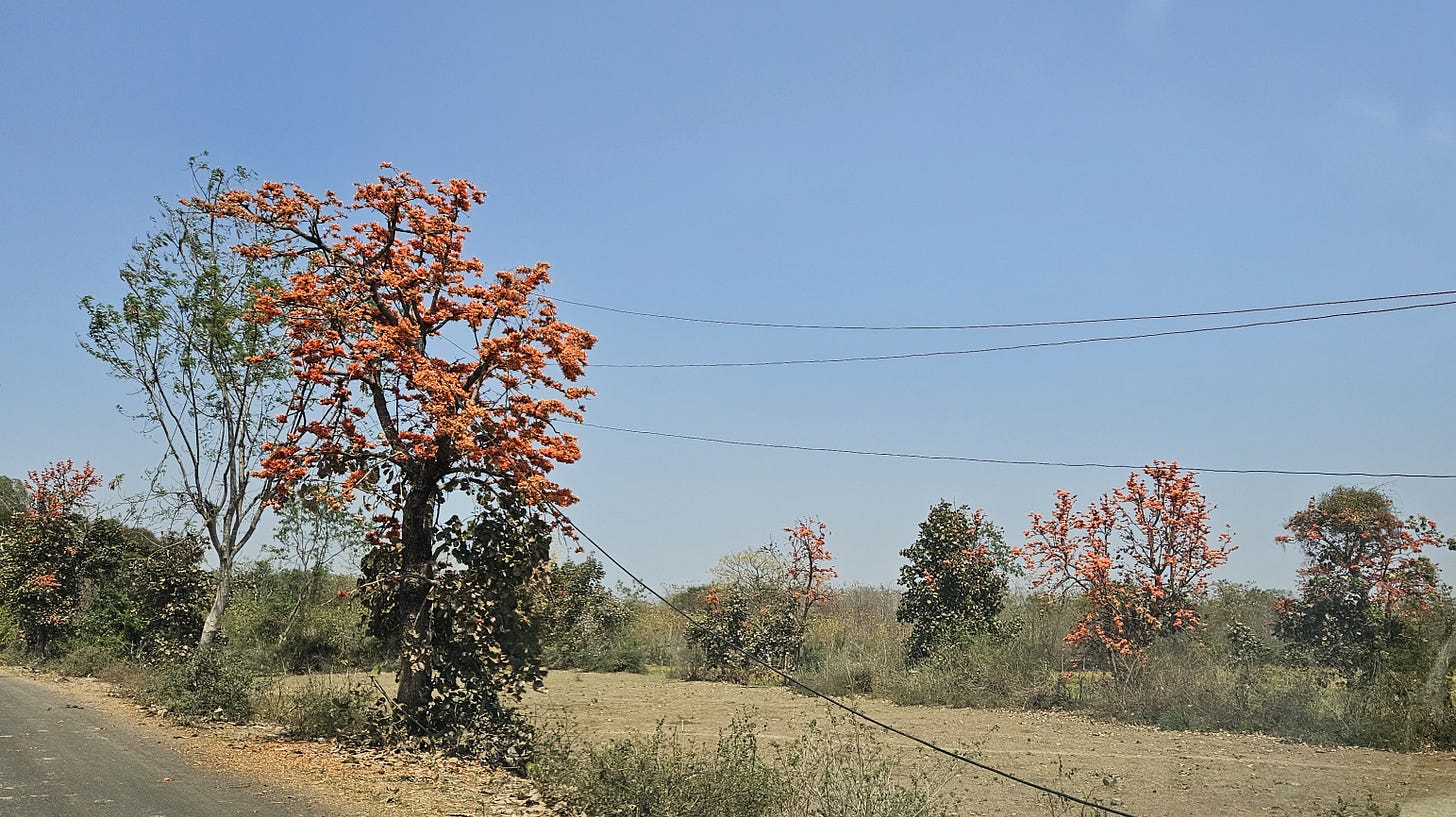This month is a sort of homage to my 4th standard teacher Mrs. Subramanian - or as I think of her - the life changing Mrs. Subramanian. She certainly brought a sparkle into my otherwise dull step which dragged me into Junior School each day (probably the worst couple of years of my school life). Our car passed her bus stop daily on the way to school and we gave her a lift if we saw her waiting there. Those journeys were a mixed bag of happiness and embarrassment; I half expect to see her when I drive past the bus stop now, standing quietly in her crisp sari.
In 1979 – 1980, she organised two memorable field trips for our class. One was to Nariman Point to understand reclamation and see the how the tetrapods worked at preventing erosion by the sea. It was the first time I’d heard the word tetrapod, those giant four-legged concrete sculptures, for want of a better word. They were charcoal grey back in the day, stacked all along the shore protecting that part of Marine Drive. We giggled and scattered as the huge waves came crashing towards us, only to be thwarted by the tetrapods, the last barrier between us and the ocean. Today, learning outside the classroom is a part of the process, but on that day, with the sea spray in our faces and the wind whipping our hair about, it was something revolutionary, radical almost.
The other class trip was a neighbourhood walk around school to learn about our local trees. We stopped at the mighty Gulmohar with its distinctive furry frond-like leaves and red blossoms (it must have been late April; the heat was nowhere as maddening as it nowadays). On blank sheets of paper attached to our clipboards, we meticulously scribbled and drew pictures, collected flowers that had fallen onto the pavement, to be pressed dry between the sheets of some thick book. There was an enormous rain tree, as old as time itself, its magnificent canopy quivering with delicate pink powder puff flowers.
By some great coincidence, I took a “tree walk” following in my ten year old’s footsteps last Sunday. The moderator of this special walk not only urged us to look at trees with a different eye, she spun some intelligent storytelling around their histories, how city trees jostle for the same resources we humans do – air, light, space.
An incredible number of species are to be found in this small rectangle of Fort. Unsurprisingly, the great rain trees still stand, lining the broad avenue of Mahatma Gandhi Road. They’re also called 5 o'clock trees because their little leaves close around that time, in sync with the setting sun. This is the right season to truly appreciate the flowering blossoms, from the vivid yellow Sonmohar to the purple petals of the Jarul tree, the state tree of Maharashtra.
Curiously, some trees which would be assumed to be indigenous were brought in by various colonisers, the Gulmohar by the Portuguese from Madagascar being one example. Another startling revelation was that the British brought the quirky Cannonball tree – equally revered by Hindus and Buddhists - all the way from South America.
I last met Mrs. Subramanian in the late 1990s when she was moving away from Bombay. Midway through packing, she gave me a sound piece of advice – never be anxious, she said in her wise way. Like an anchor, those words have stayed with me, as have memories of her towering strength and deeply empathetic nature, to be drawn on when a situation calls for courage.
Bombayites spend a lot of time sending out and signing petitions geared towards saving our green spaces – some as all-engulfing as redevelopment plans for the massive Mahalaxmi Race Course or construction of the Mumbai Eye (shudder, hope that will never happen), to something as niche as seventy eight ancient trees being slated for felling near Parel station, all in the name of progress. It’s a no brainer that increased urban planting programmes would directly address the permanent pall of pollution hanging over the city like a shroud, rather than helplessly waiting for the monsoon to literally lighten the atmosphere.
All this talk of trees has reminded me that the blossoming of the fiery palash is associated with Bengali new year on 15th April (and also where the infamous 1757 Battle of Palashi gets its name, bastardised into the Battle of Plassey). Each passing year, I feel that Pohela Boishak resonates more than the Julian new year. To those celebrating, here’s wishing you Shubho Nobo Borsho – may we slowly but surely emerge into the light.








Feeling of traveling through time and space... love it !
I remember when the tetrapods were first installed. It seemed like a perfect solution in those pre climate change days. So enjoyed this latest blog.